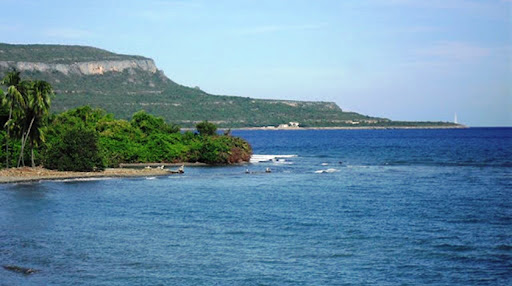 Guantanamo.- The elevated Quaternary coral and marine interglacial terraces of Maisí, in the Guantánamo Province, are included in the list of the first hundred Geological Heritage Sites of the Planet, selected by the International Union of Geological Sciences.
Guantanamo.- The elevated Quaternary coral and marine interglacial terraces of Maisí, in the Guantánamo Province, are included in the list of the first hundred Geological Heritage Sites of the Planet, selected by the International Union of Geological Sciences.
These constitute an important source of information to reveal the tectonics of the Greater Antilles within the Caribbean during the Quaternary period, and their study allows to correlate the fluctuations of the sea level that occurred on a global scale, in that stage of the Earth’s evolution.
Likewise, the Maisí marine terraces is an area suitable for investigating the energy of the waves during the occurrence and evolution of severe meteorological and hydrometeorological events, basically hurricanes.
The terraces of Maisí are formed by coral limestones with abundant fossil remains, most are well preserved. They cover about 75 kilometers in length and contain fossil tidal niches, caverns and other karst features, which represent the record of approximately two million years of sea level behavior.
The area is linked to the Oriente fault line in eastern Cuba, which is the boundary between the North American and Caribbean tectonic plates, where block uplifts of 0.33 ± 0.01 millimetres per year are recorded.
Translated by Liubis Balart